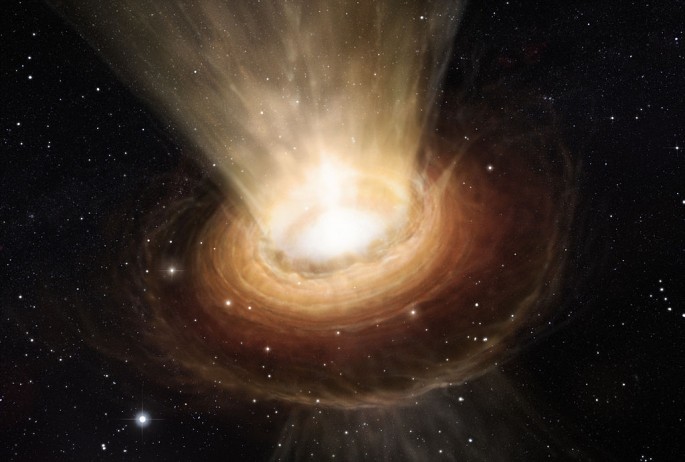Scientists have finally figured out how supermassive black holes can grow which is the equivalent of 50 billion solar masses.
Researchers from the University of Leicester examined mostly supermassive black holes that are located in galactic centers. The researchers noted that the rotating gas discs that surround black holes apparently fall inward where they calculated how a black hole can contain 50 billion suns in order to maintain this disc forming around a black hole.
Apart from this, this new study also posits that a black hole without this disc will lose its ability to grow any further, since the hole is no longer amassing new material.
According to lead author of the study, Andrew King, the significance of this new discovery is that astronomers measured the maximum mass of black holes via observing the massive amount of radiation that is emanated from a gas disc when it falls into the hole. This mass limit also means that this study should not yield any larger masses, if there was no luminous disc.
However, King adds that there are still other ways for a black hole to expand in size. In principle, it is still possible, King adds, for example, bigger black hole masses such as one that possesses a maximum mass can merge with another black hole, where the result would be bigger than 50 billion solar masses.
However, there will be no light that can be produced from this merger, since the bigger merged black holes will not have a gas disc that can produce light.
This supermasssive black hole merger cannot be seen but there are other ways to detect it for example, when light beams bend while passing close to them through gravitational lensing or through gravitational waves that would be emitted.
This new study is published in the journal Monthly Notices of the Royal Astronomical Society: Letters.




























